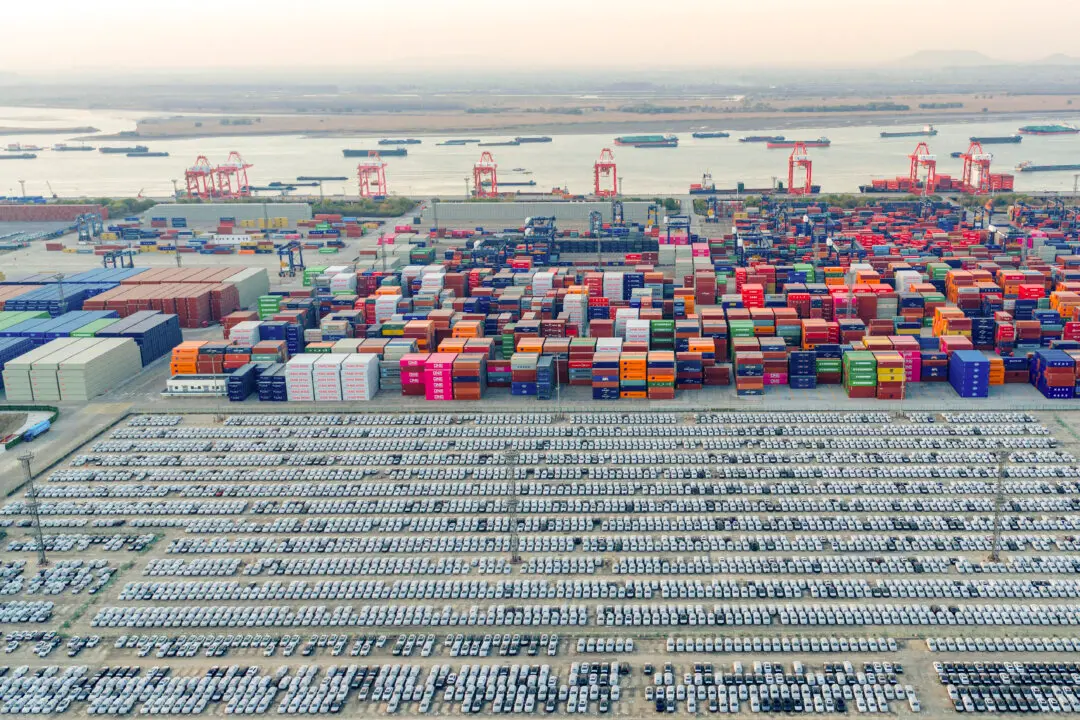As more and more irritated customers become certain that power shortages and blackouts have become more common, the electric grid’s problems receive more attention. They should. Shortages and blackouts have in fact become much more common than they once were. The electric power grid has become increasingly fragile and considerably less reliable. This is especially troubling because, at the same time, Washington and several states plan to burden it further with electric cars and an increase in the use of electric appliances. In part, the power problem reflects the increased reliance on inherently intermittent wind and solar sources. But this straightforward fact of life is only part of the story behind the electric grid’s problems. Matters are much more complicated.

California Independent System Operator announced a statewide electricity Flex Alert urging conservation to avoid blackouts in El Segundo, Calif., on Aug. 31, 2022. Photo by Patrick T. Fallon/AFP via Getty Images
|Updated:
Commentary
Milton Ezrati is a contributing editor at The National Interest, an affiliate of the Center for the Study of Human Capital at the University at Buffalo (SUNY), and chief economist for Vested, a New York-based communications firm. Before joining Vested, he served as chief market strategist and economist for Lord, Abbett & Co. He also writes frequently for City Journal and blogs regularly for Forbes. His latest book is “Thirty Tomorrows: The Next Three Decades of Globalization, Demographics, and How We Will Live.”
Author’s Selected Articles




